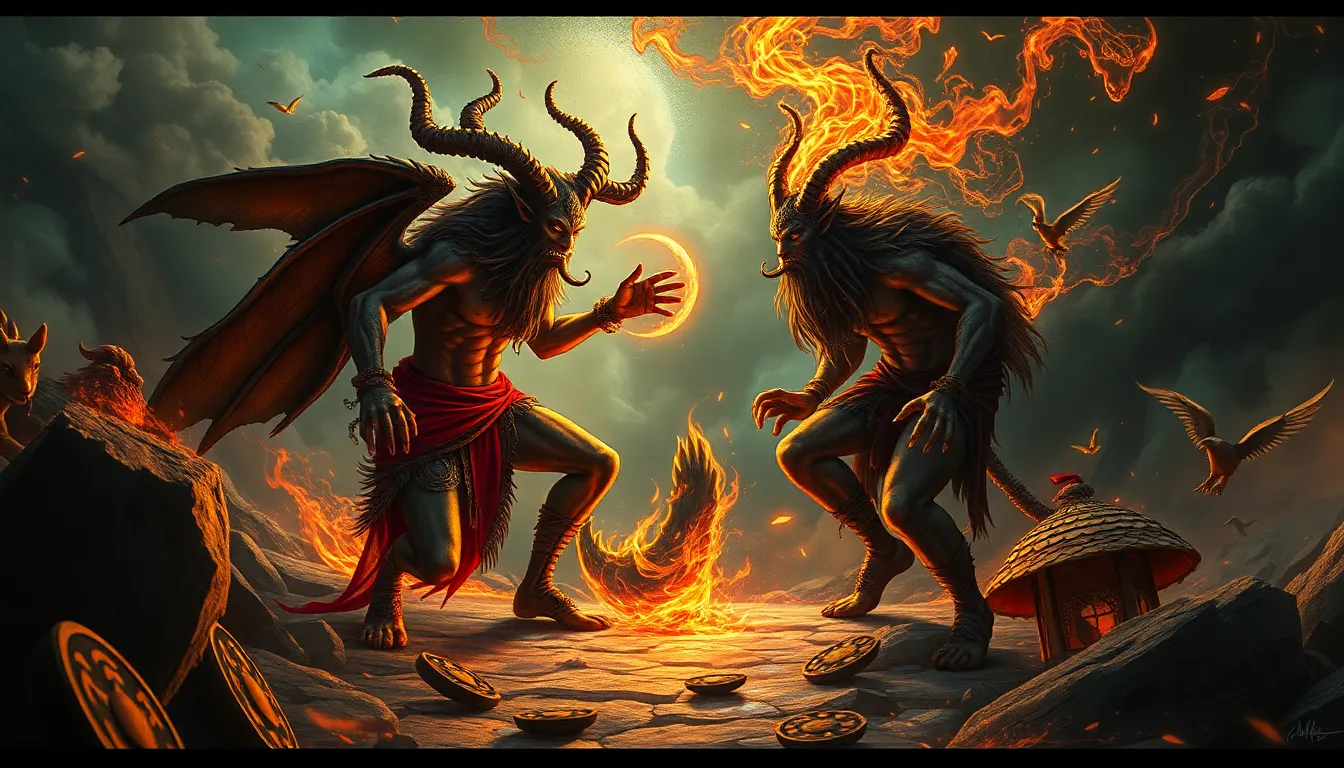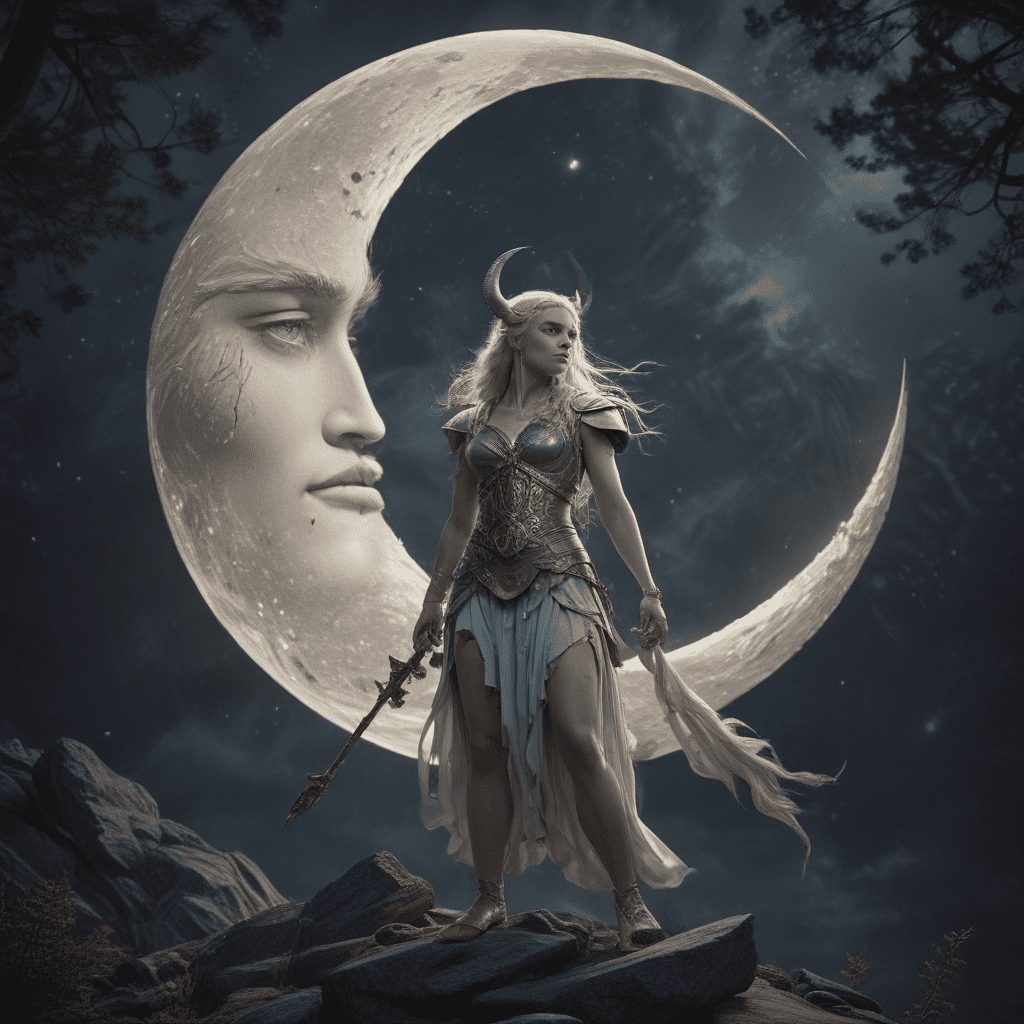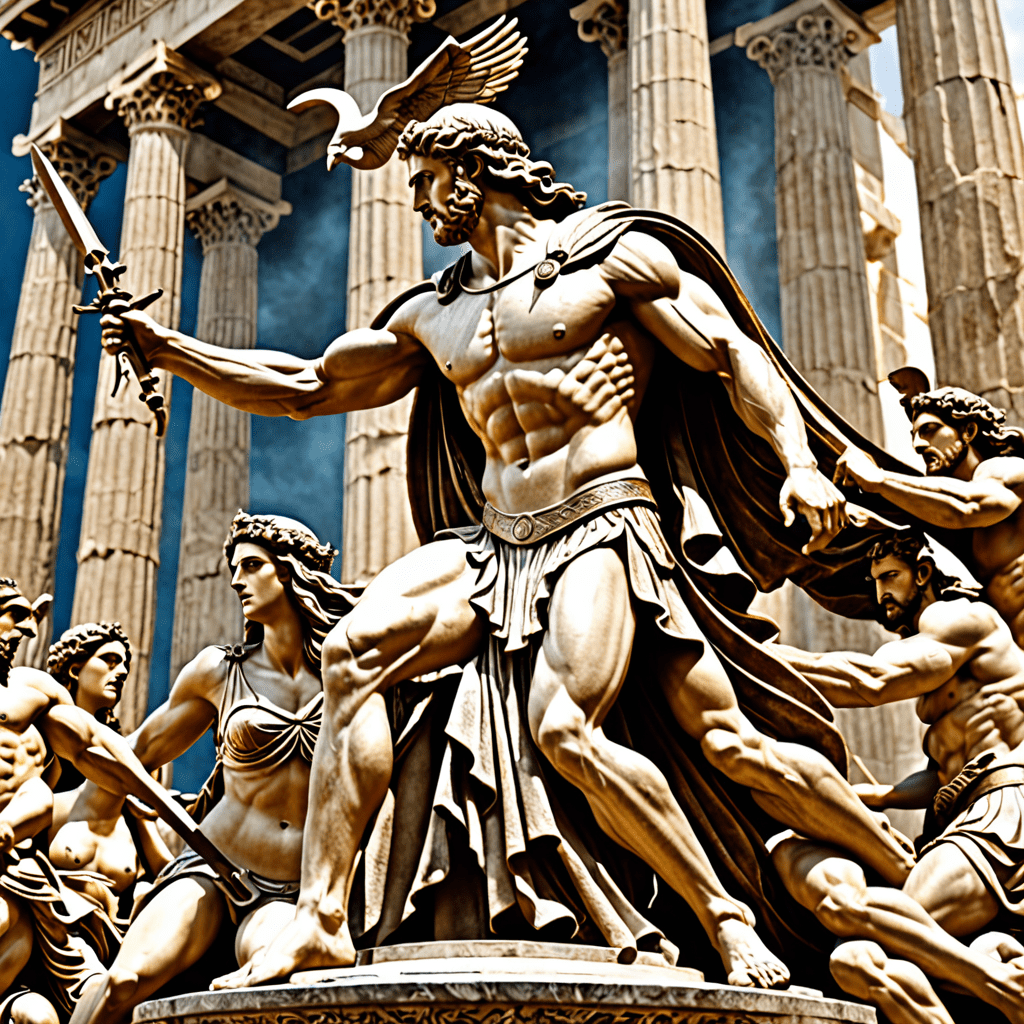The Maori Creation Myth: From Darkness to Light
The Maori people, indigenous to New Zealand, have a rich and vibrant cosmology that explains the origins of the universe and their place within it. Their creation myth, known as Te Kore, tells the story of how the universe emerged from nothingness. In the beginning, there was only darkness, emptiness, and silence. This state of being was known as Te Kore. Within Te Kore, there existed a potential for creation, a spark of life that would eventually bring forth the universe. This spark of life was represented by Te Po, the primordial darkness.
Te Po was the source of all potential and contained the seeds of creation. Slowly, Te Po began to transform, giving birth to Te Kore, a state of formlessness. As Te Kore continued to evolve, it gave rise to Te Ao, the world of light and form. The process of creation was a slow and gradual one, with each stage building upon the previous one.
The creation myth emphasizes the importance of transformation and the cyclical nature of existence. The Maori believe that creation is a continuous process, with the universe constantly evolving and changing. This belief is reflected in their understanding of the cosmos and the interconnectedness of all things.
Rangi and Papa: The Sky Father and Earth Mother
In Maori mythology, Rangi and Papa, the Sky Father and Earth Mother, represent the primal forces of creation. They were inseparable, embracing each other in a tight embrace that formed the universe. Their love brought forth many children, who were the gods and goddesses of the Maori pantheon. These children included Tane, the god of forests and birds, Tangaroa, the god of the ocean, Tu, the god of war and agriculture, Rongo, the god of peace and food, and Haumia, the god of food.
The children of Rangi and Papa grew increasingly crowded and uncomfortable within their parents' embrace. They longed for space and freedom. Tane, the god of forests, felt this desire most acutely. He wanted to create a world where his people could thrive. Tane decided to separate his parents by using his powerful strength to push Rangi up into the sky. He used his enormous hands to push Papa down to form the earth.
The separation of Rangi and Papa marked a significant turning point in Maori cosmology. It created the space and light necessary for life to flourish. However, it also ushered in a period of darkness and chaos. The children of Rangi and Papa fought amongst themselves, vying for power and control. This conflict, known as Te Kore, represents the ongoing struggle between order and chaos that is inherent in the universe.
The Birth of the Gods and the Separation of Heaven and Earth
The children of Rangi and Papa were the first deities in Maori mythology. Each of them embodied different aspects of the natural world and were responsible for its various functions. Tane, as mentioned earlier, was the god of forests and birds. He is credited with creating the trees, the birds, and all the creatures that inhabit the forest. Tangaroa, the god of the ocean, created the fish, the seashells, and all the life that exists in the water. Tu, the god of war and agriculture, created the weapons and tools that were used by humans. Rongo, the god of peace and food, created the crops and the plants that people ate. And Haumia, the god of food, was the source of all sustenance for humans.
The separation of Rangi and Papa was a transformative event that allowed the children of these deities to create their own realms. Tane carved out the forests, Tangaroa claimed the ocean, and Tu established his dominion over the land. However, the separation also created a sense of loss and longing. Rangi and Papa were forever separated, their love and connection severed. The children of these deities continued to strive for balance and harmony, knowing that the well-being of the universe depended upon it.
The Importance of Whakapapa (Genealogy) in Maori Cosmology
Whakapapa is a key concept in Maori cosmology, representing the genealogy or lineage that connects all things in the universe. This is a complex system that traces the descent of all living things, from the gods to humans and even plants and animals. The whakapapa defines the relationships between all living beings, emphasizing their interconnectedness and shared ancestry.
Whakapapa is not just a historical record; it is a living, breathing force that shapes the Maori worldview. It provides a framework for understanding relationships, responsibilities, and obligations towards the natural world. By understanding their place within the whakapapa, Maori people are able to connect with the past, the present, and the future. This knowledge provides guidance in all aspects of life, from the cultivation of gardens to the protection of the environment.
The Realm of the Gods: Te Ao Marama
Te Ao Marama is the realm of the gods, a place of light and beauty where the gods live and govern the universe. This realm is often described as a paradise, a place of peace and abundance where there is no suffering or death. The Maori believe that Te Ao Marama is located beyond the earthly realm, in a realm of eternal light and splendor.
Te Ao Marama is a place of great power and influence. The gods who reside there are responsible for creating and maintaining the order of the universe. They are also believed to be the source of all knowledge and wisdom. Humans are able to connect with Te Ao Marama through prayer, ritual, and ceremonies. They can seek guidance from the gods and request their blessings. Te Ao Marama is a reminder of the spiritual dimension of existence and the importance of honoring the divine.
The Underworld: Te Ao Atua
The Maori believe in an underworld called Te Ao Atua, a realm of spirits and ancestors. It is a place of great mystery and power, where the souls of the dead reside. Te Ao Atua is often described as a place of darkness and shadow, a stark contrast to the bright and beautiful Te Ao Marama. However, it is not a place of punishment or torment. Instead, it is a place of transformation and rebirth.
When a person dies, their soul travels to Te Ao Atua, where they are judged by the gods. Those who have lived a good and righteous life are welcomed into the realm, while those who have committed evil deeds may be punished or face a difficult journey to the afterlife. Te Ao Atua is a place of learning and growth, where the spirits of the dead can connect with their ancestors and gain wisdom from the divine.
The underworld is also a place of connection between the living and the dead. Through dreams, visions, and rituals, the living can communicate with their ancestors and seek their guidance. The souls of the dead are also said to have a powerful influence over the natural world. They are believed to be responsible for the weather, the fertility of the land, and the well-being of all living things. Te Ao Atua serves as a reminder of the interconnectedness of life and death, and the importance of honoring the spiritual realm.
The Four Worlds: Te Ao Marama, Te Ao Hurihuri, Te Ao Tae, and Te Ao Turoa
Maori cosmology recognizes four distinct worlds, each representing a different stage of existence. These worlds are not simply physical locations but rather different states of being that all living things must pass through.
The first world, Te Ao Marama, as we discussed, is the realm of the gods. This world is characterized by light, beauty, and perfection.
The second world is Te Ao Hurihuri, a world of change and transformation. It is the realm of mortal beings, where life is a constant cycle of birth, growth, and death. Te Ao Hurihuri is where humans experience the joys and sorrows of life, the challenges of growth, and the inevitability of change.
Te Ao Tae is the third world, a shadowy realm of transition where the souls of the dead journey after leaving Te Ao Hurihuri. It is a place of darkness and uncertainty, where the souls are prepared for their final journey to Te Ao Turoa, the fourth and final world. Te Ao Tae represents a state of waiting and reflection, a time for the souls to come to terms with their lives and prepare for their final destiny.
The fourth world, Te Ao Turoa, is the underworld, also known as Te Ao Atua. It is the final destination for all souls, a place where the spirits of the dead reside and connect with their ancestors. Te Ao Turoa is a place of peace and harmony, where the souls are finally free from the cycle of birth and death. The four worlds are interconnected, each playing a vital role in the cosmic dance of life and death.
The Celestial Bodies: Stars, Planets, and the Moon
The Maori have a deep understanding of the night sky and its celestial bodies. They use their knowledge of the stars, planets, and moon to navigate the seas, to predict the seasons, and to tell time. The stars are seen as guides and protectors, each with its own unique story and significance.
The Maori name for the Milky Way is Te Kakau o te Rangi, meaning "the backbone of heaven." They see the Milky Way as a pathway to Te Ao Marama, the realm of the gods. The constellation Orion is known as Matariki, which means "little eyes" and is celebrated as a new year festival marking the beginning of the year.
The moon plays a vital role in Maori culture and cosmology. It is a symbol of fertility, growth, and the cycle of life and death. The different phases of the moon are associated with different events and activities. The full moon was often used for hunting and fishing, while the new moon was seen as a time for planting and sowing. The moon's influence is also reflected in the Maori calendar, which is based on the lunar cycle.
Maori Mythology’s Influence on Navigation and Astronomy
The Maori people are renowned for their seafaring skills and their ability to navigate vast distances across the Pacific Ocean. Their knowledge of the stars, the moon, and the currents was essential for their survival and their voyages of exploration.
The Maori used the stars to determine their position and direction at sea. They developed a sophisticated system of celestial navigation that allowed them to travel thousands of miles across the ocean, relying solely on their knowledge of the stars and their ability to interpret the patterns of the night sky.
The Maori also used the moon to predict the tides and to navigate the coasts. They understood the moon's influence on the tides and used this knowledge to determine the best times for fishing and sailing. Their knowledge of the stars and the moon allowed them to travel safely and efficiently, contributing to their success as navigators and explorers.
Modern Interpretations and Applications of Maori Cosmology
Maori cosmology continues to be relevant in modern times. It offers a perspective on the world that is both ancient and insightful. The interconnectedness of all things, the importance of respect for the natural world, and the role of spirituality in human life are all themes that resonate in contemporary society.
Maori cosmology is also being used to inform modern environmental movements and initiatives. The Maori concept of kaitiakitanga, which means guardianship, emphasizes the responsibility of humans to care for the environment. This concept is being used to promote sustainable practices and to protect the natural world for future generations.
Maori cosmology offers a powerful framework for understanding the world around us. It reminds us of our connection to the natural world and the importance of living in harmony with our planet. It also provides a sense of wonder and awe, inspiring us to appreciate the beauty and mystery of the universe.
FAQ
What are the main gods in Maori mythology?
The main gods in Maori mythology are Tane, the god of forests and birds, Tangaroa, the god of the ocean, Tu, the god of war and agriculture, Rongo, the god of peace and food, and Haumia, the god of food.
What is the significance of whakapapa?
Whakapapa is a key concept in Maori cosmology, representing the genealogy or lineage that connects all things in the universe. It provides a framework for understanding relationships, responsibilities, and obligations towards the natural world.
How does Maori cosmology influence modern life?
Maori cosmology continues to be relevant in modern times, offering a perspective on the world that is both ancient and insightful. It is being used to inform modern environmental movements and initiatives, promoting sustainable practices and protecting the natural world.



